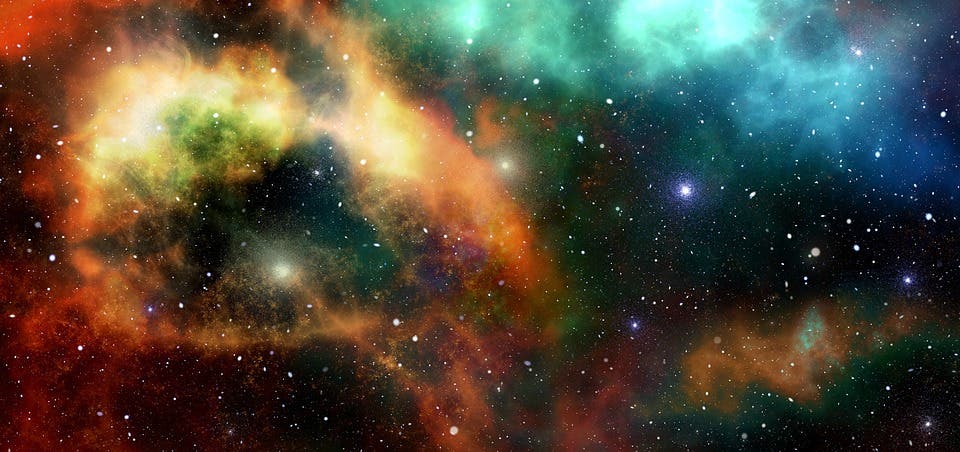With the help of the peering eye of the Large Millimeter Telescope (LMT), astronomers have identified a star-forming galaxy located a staggering 12.8 billion light-years away. It’s one of the earliest objects astronomers have witnessed so far, having formed within ‘just’ a billion years of the Big Bang.

The galaxy, which scientists at the University of Massachusetts Amherst dubbed G09 83808, is the second most distant dusty, star-forming galaxy ever found in the universe and by far the oldest found by LMT.
“The Big Bang happened 13.7 billion years ago, and now we are seeing this galaxy from 12.8 billion years ago, so it was forming within the first billion years after the Big Bang,” said Min Yun, an astrophysicist at UMass Amherst. “Seeing an object within the first billion years is remarkable because the universe was fully ionized, that is, it was too hot and too uniform to form anything for the first 400 million years. So our best guess is that the first stars and galaxies and black holes all formed within the first half a billion to one billion years. This new object is very close to being one of the first galaxies ever to form.”
Initially, the distant object was spotted by the Herschel space telescope, which could only capture a blur from that far away. Herschel researchers then passed down the torch to the LMT — the world’s largest single-aperture telescope in its frequency range, built for observing radio waves in the wavelengths from approximately 0.85 to 4 mm. Because G09 83808 is surrounded by humongous dust clouds, only powerful instruments such as LMT can peer through the veil and image the far-away object.

LMT’s 50-meter in diameter dish was able to measure the object’s redshift — more distant objects have a larger redshift. Gravitational lensing also proved integral in identifying G09 83808. Famed physicist Albert Einstein predicted, as a result of his Theory of General Relativity, that whenever light from a distant star passes by a closer object, gravity acts like a magnifying lens bending the distant starlight but also brightening it. In our case, a huge galaxy between the LMT on Earth and G09 83808 acted as a giant magnifying glass and made the ancient galaxy look about 10 times brighter and closer than it is, as reported in the journal Nature Astronomy.
Expect more frequent and perhaps more impressive observations in the future as LMT’s full features are expected to come online in the next couple of months.
“We can find really, really faint things. They are essentially at the very edge of the universe, so the higher resolution is important because with poor resolution everything looks blended and you can’t pick out that very small and faint but extremely interesting objects like this galaxy,” Yu said.
“Now, it could be that there are a whole bunch of them out there and we haven’t been able to see them, but with the LMT we have the power to see them. Maybe they’ll start popping out,” he adds. “We are in the discovery field. Every time I reduce one of these data sets I’m full of anticipation. I’m always hoping that these things will pop out. You have to be a hopeless optimist to be doing this kind of work, and this time it absolutely paid off.”


